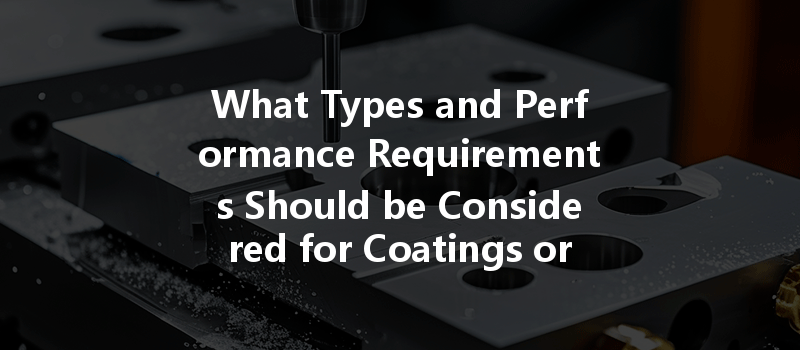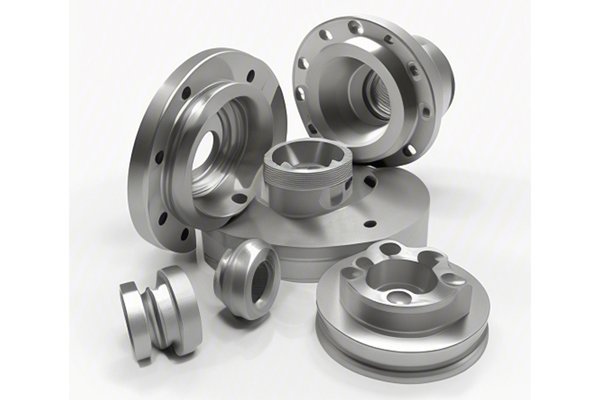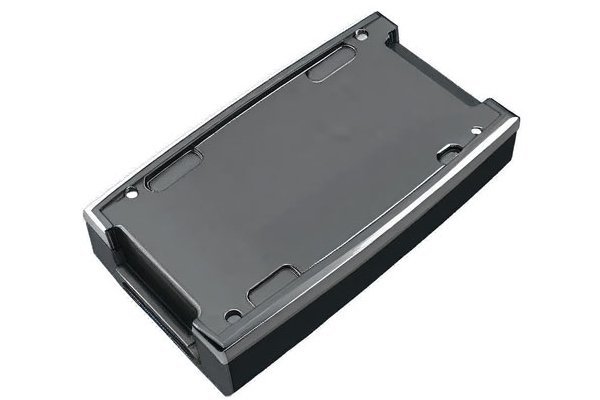When it comes to CNC machining, did you know that nearly 50% of the production costs for machined components are related to finishing processes such as coatings and plating? Whether you’re creating parts for the automotive, aerospace, or electronics industries, the right coating or plating process can make a significant impact on the performance, durability, and cost-effectiveness of your components. But how do you choose which type of coating or plating is the best fit for your CNC machined parts?
In this comprehensive guide, we’ll delve deeply into the various types of coatings and plating options available for CNC machining and their performance requirements. We will also explore how to make informed decisions that can enhance the functionality and lifespan of your machined components.
—
Types of Coatings and Plating in CNC Machining
Anodizing is an electrochemical process that converts the surface of aluminum into a decorative, durable, corrosion-resistant anodic oxide finish. It is commonly utilized for aluminum components in various industries.
Performance Requirements:
Electroplating involves depositing a layer of metal (such as gold, nickel, or chromium) onto a substrate by hydrolysis. It enhances appearance and improves resistance to corrosion and wear.
Performance Requirements:
This is a dry finishing process that uses finely ground particles of pigment and resin to create a hard layer, remarkably effective for metal substrates.
Performance Requirements:
Plasma spraying applies coating powders to a substrate using a high-energy plasma jet, resulting in high-temperature coating with excellent adherence.
Performance Requirements:

Ceramic coatings are typically used to provide thermal and wear resistance. They can be applied via thermal spraying or chemical vapor deposition (CVD).
Performance Requirements:
—
Key Factors Influencing Coating and Plating Selection
Understanding the base material of your CNC machined parts is crucial for determining the appropriate coating or plating method. For example, aluminum may undergo anodizing, but should not be considered for electroplating with nickel due to formation issues.
The end-use environment of the produced components will influence your choice. Highly corrosive environments, for example, necessitate coatings with excellent chemical resistance, like certain ceramic coatings or specialized electroplated surfaces.
While high-performance coatings may require a larger initial investment, they can save costs in the long term through enhanced durability and reduced maintenance needs.
Some industries, especially in consumer markets, prioritize appearance. Powder coating delivers attractive finishes, while anodized aluminum can offer a variety of colors and finishes without compromising performance.
—
Quality Control in Coating and Plating Processes
Quality control protocols are invaluable during the coating and plating stages. Techniques such as non-destructive testing, visual inspections, and adhesion tests should be your standard practice. Establish clear metrics for assessing quality, like thickness measurements using micrometers or specialized coating thickness gauges.
Choosing the right coatings or platings for CNC machined parts is a critical decision that can significantly affect the part’s overall performance, durability, and aesthetic quality. By understanding the different types of coatings, their performance requirements, and key selection factors, manufacturers and designers can make informed decisions that meet industry standards. This topic is essential not only for enhancing the longevity and viability of CNC parts but also for maximizing economic returns on production investments.
In summary, whether you are aiming for improved corrosion resistance, wear resistance, or aesthetic appeal, a well-chosen coating or plating can revolutionize your machining outcomes. As the industry continues to evolve, staying abreast of these choices is crucial for remaining competitive and fulfilling customer expectations.






